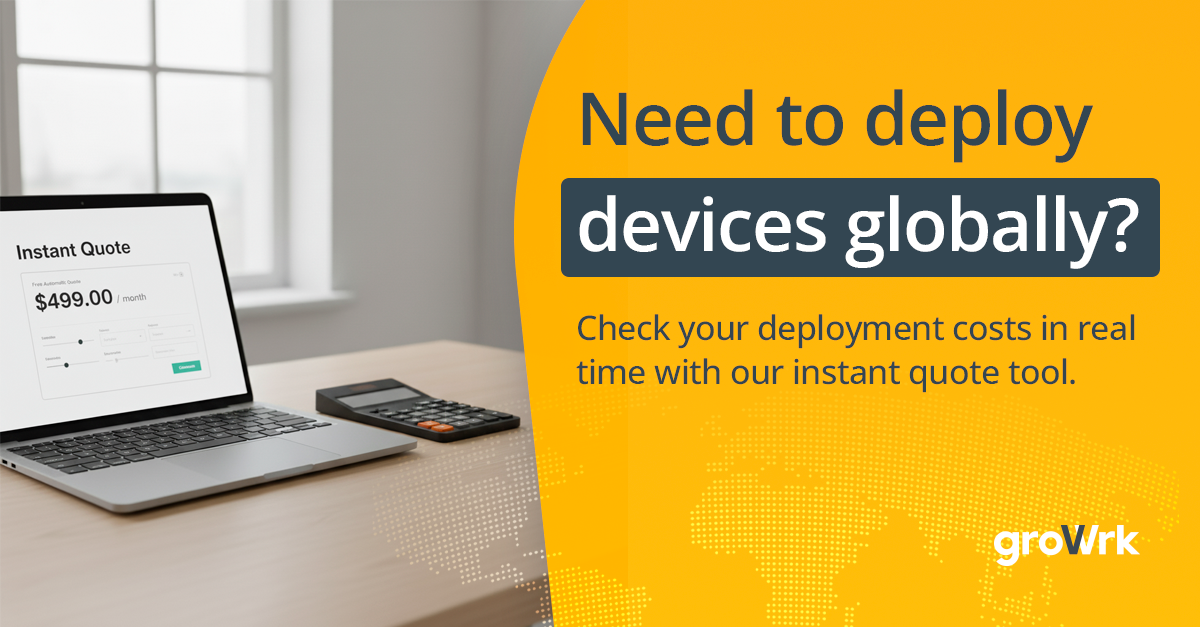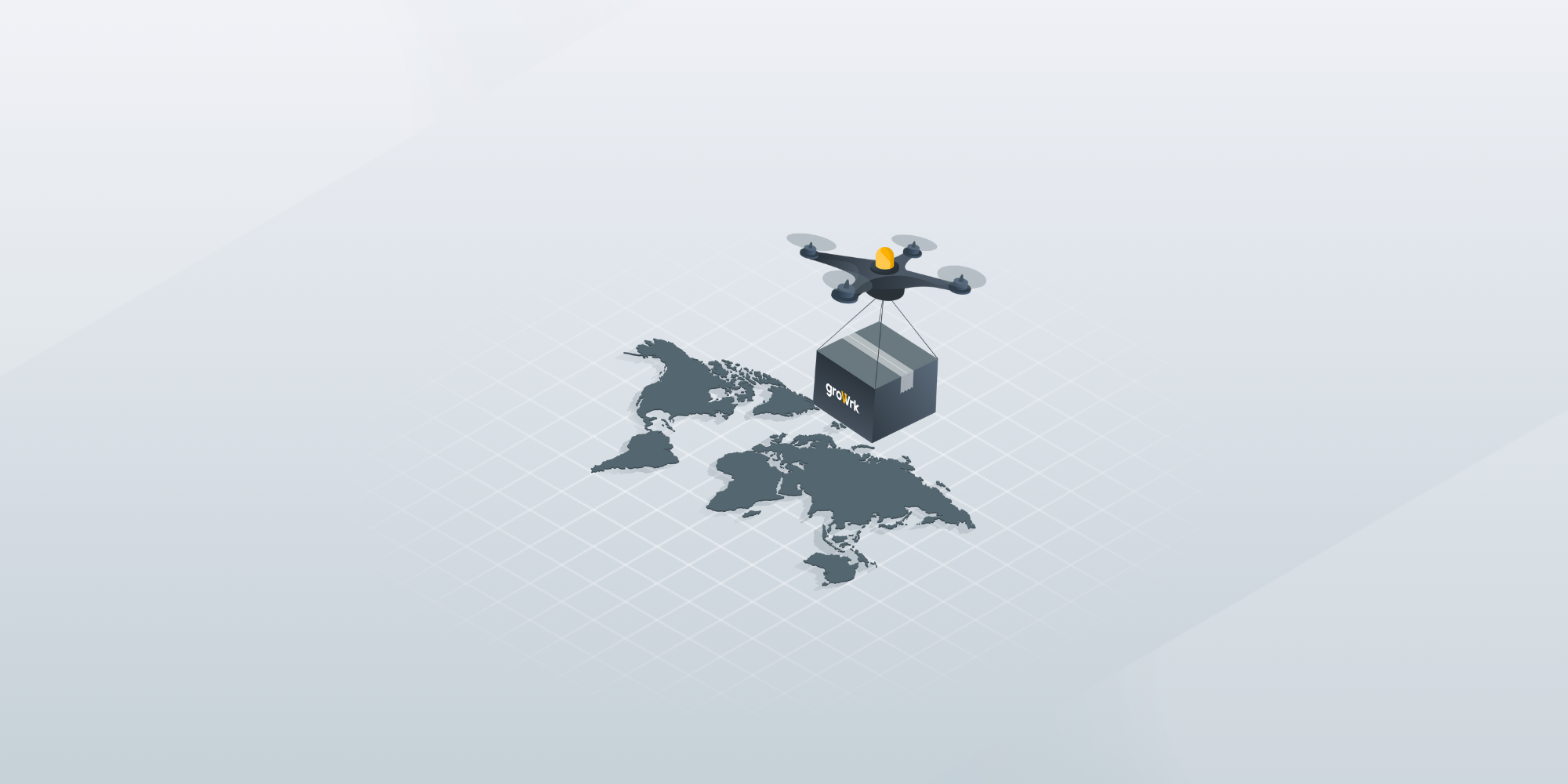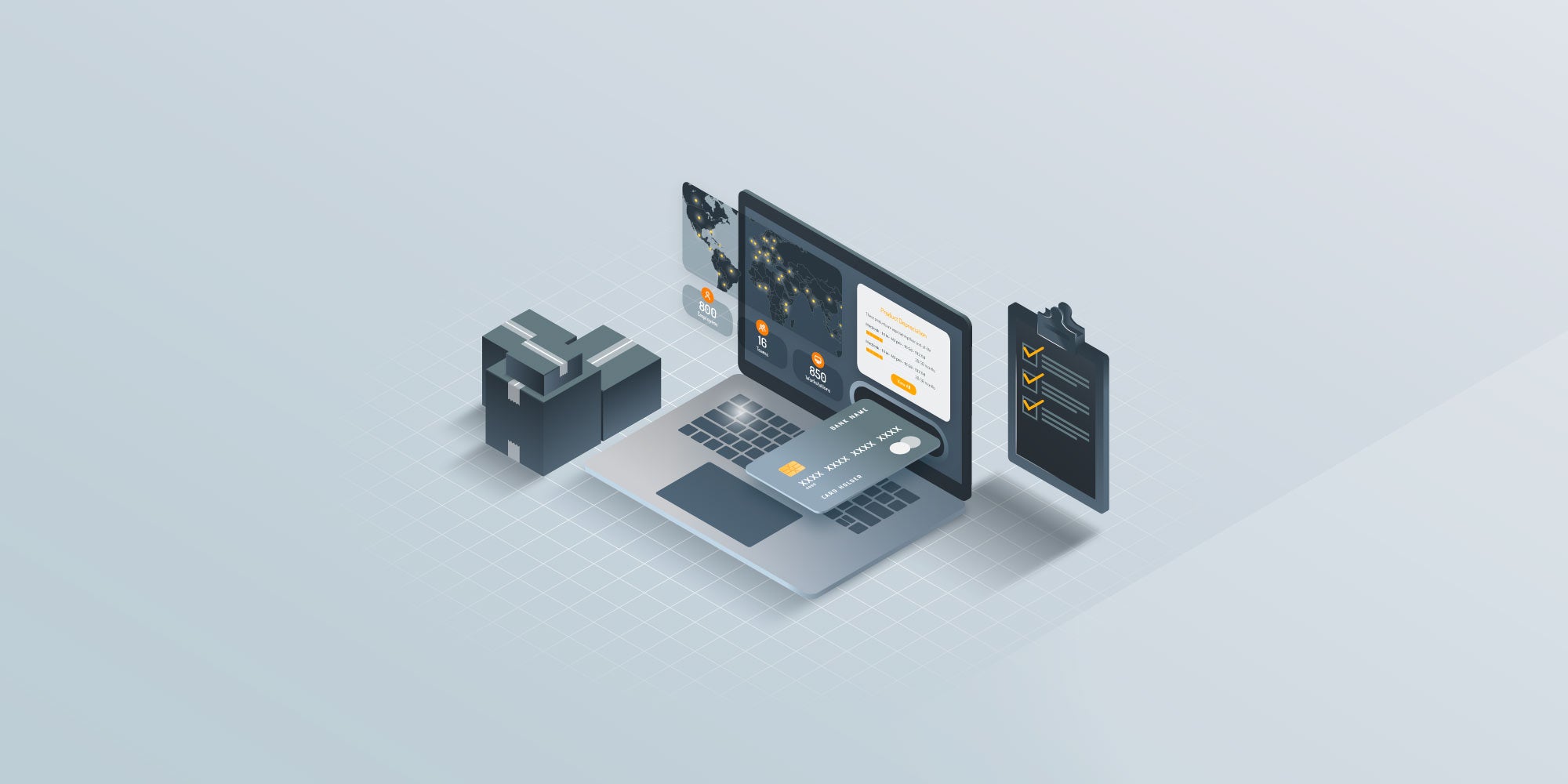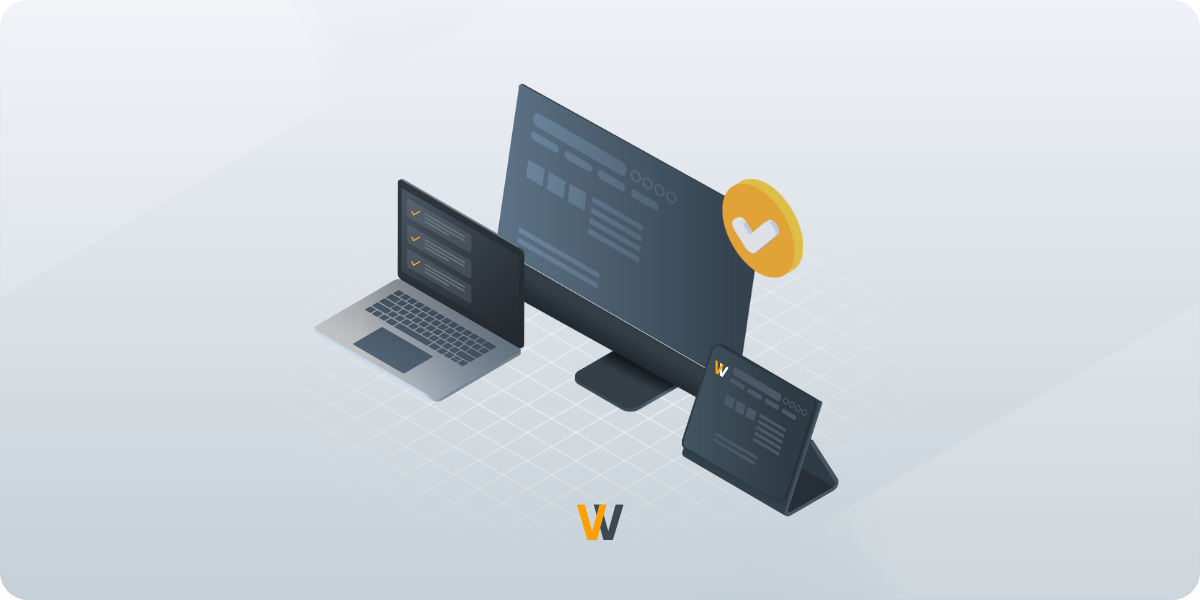Why Your Business Needs Procurement Outsourcing in 2025
 GroWrk Team
GroWrk Team
Global businesses recognize the massive impact procurement practices have on their operational efficiency and sustainability goals. For instance, Bristol Myers Squibb saved approximately 70 metric tons of CO₂ emissions in 2023 by optimizing procurement processes, such as shifting from air to ocean freight and expanding bulk packaging practices.
Procurement outsourcing is becoming a key strategy, allowing companies to streamline operations, tap into specialist expertise, lower costs, and make meaningful sustainability gains. In this guide, we'll explain procurement outsourcing, its key benefits, common challenges, and how to build a smart, risk-free strategy for success.
Key takeaways
-
Outsourcing procurement enhances operational efficiency and cost-effectiveness by leveraging specialized IT procurement services.
-
Effective IT vendor management is crucial to maintain control, ensure clear communication, and optimize supplier performance.
-
Strategic partnerships with experienced providers facilitate scalable growth while maintaining compliance and operational excellence.
What is procurement outsourcing?

Procurement outsourcing is when a company hands over part or all of its purchasing activities to an outside partner. This can include tasks like finding suppliers, managing vendor relationships, and keeping track of inventory. Instead of building a large internal team, businesses rely on specialized experts who bring more profound market knowledge, stronger supplier networks, and faster processes.
By outsourcing procurement, companies free up their teams to focus on bigger priorities. They also gain visibility into purchasing and inventory management without the heavy lifting. Whether securing better deals, scaling operations faster, or navigating supply chain challenges, a trusted procurement partner helps businesses stay efficient and competitive.
Get an instant quote
Common types of procurement outsourcing

Businesses use different procurement outsourcing models depending on their goals and operations:
-
Strategic procurement outsourcing
Outsourcing high-level activities like supplier relationship management and sourcing strategy is necessary to align procurement with business goals. -
Transactional procurement outsourcing
Delegating routine tasks such as processing purchase orders and managing vendor communications to improve efficiency. -
Direct procurement outsourcing
Handling purchases of core goods and materials essential for production, ensuring supply chain continuity and quality. -
Indirect procurement outsourcing
Managing non-core purchases like office supplies, IT services, and facility management to reduce costs and free internal resources.
Common procurement activities

Procurement outsourcing providers typically manage a range of activities to improve efficiency and supplier relationships:
-
Supplier sourcing
Identifying and qualifying suppliers to secure high-quality goods and services at competitive prices. -
Supplier management
Maintaining and strengthening relationships with vendors to ensure consistent performance and reliability. -
Contract negotiation
Negotiate favorable contract terms, aligning with business goals and minimizing legal and financial risks. -
Order processing
Managing purchase orders, approvals, and fulfillment tracking to streamline procurement operations. -
Compliance management
Ensuring all procurement activities meet regulatory, legal, and corporate policy requirements. -
Procurement reporting and analytics
Monitoring supplier performance, contract outcomes, and procurement spend to optimize decision-making.
Key benefits of procurement outsourcing

Procurement outsourcing services deliver a range of strategic advantages for businesses:
-
Cost reduction
Outsourcing helps lower procurement expenses through bulk purchasing, transparent pricing, and process efficiencies. -
Access to specialized expertise
Companies benefit from industry-specific knowledge, optimized sourcing strategies, and established supplier networks without building large internal teams. -
Enhanced operational efficiency
Delegating procurement tasks frees internal teams to focus on core business activities, improving overall productivity. -
Improved supplier management
External procurement experts strengthen supplier relationships, negotiate better terms, and ensure consistent vendor performance. -
Scalability and flexibility
Outsourced procurement services can adapt to changing business needs, support expansion into new markets and manage fluctuating demand. -
Stronger compliance and risk management
Experienced providers ensure regulatory compliance, minimize procurement risks, and protect business continuity.
Risks and challenges of procurement outsourcing
%20strategy.png?width=600&height=300&name=8.%20Business%20Continuity%20and%20Disaster%20Recovery%20(BCDR)%20strategy.png)
While procurement outsourcing offers significant benefits, businesses must also navigate potential challenges:
-
Loss of operational control
Delegating procurement activities can reduce internal visibility and decision-making authority, requiring clear vendor agreements and governance. -
Communication and collaboration issues
Misaligned expectations and insufficient communication between internal teams and outsourcing partners can disrupt workflows and outcomes. -
Vendor reliability and performance risks
Outsourcing success depends heavily on vendor consistency, expertise, and accountability; poor provider performance can impact supply chain operations. -
Cultural and regional differences
Working with global suppliers may introduce differences in language, business practices, or regulatory requirements that must be managed carefully. -
Transition and integration challenges
Shifting procurement responsibilities externally can disrupt processes if the transition plan and stakeholder engagement are not carefully executed. -
Hidden costs and scope creep
Businesses may encounter unexpected costs or expanded project scopes without detailed contracts and performance monitoring.
Strategic considerations for successful procurement outsourcing

Building an effective procurement outsourcing strategy requires careful planning and alignment with business goals. Key considerations include:
-
Assess current procurement processes
Conduct a thorough audit of existing procurement workflows to identify inefficiencies, risks, and opportunities for improvement. -
Define clear outsourcing goals
Establish measurable objectives such as cost reduction, operational efficiency, supply chain resilience, or access to specialized expertise. -
Select the right procurement service provider
Choose a provider with proven industry expertise, robust technology solutions, and alignment with your company’s strategic goals and compliance requirements. -
Establish detailed contracts and Service Level Agreements (SLAs)
Clearly define scope, deliverables, timelines, and performance metrics to minimize misunderstandings and ensure accountability. -
Manage the transition effectively
Develop a structured change management plan to ensure a smooth handover, maintain business continuity, and secure stakeholder buy-in. -
Monitor vendor performance and relationship health
Implement regular performance reviews using KPIs and open communication channels to maintain transparency, quickly address issues, and drive continuous improvement. -
Maintain strategic oversight
While outsourcing procurement tasks, retain internal visibility and strategic control over critical supplier relationships and major sourcing decisions.
7 questions to ask to develop a risk-free procurement outsourcing strategy

To minimize risks and maximize outcomes, organizations should answer these key questions before outsourcing procurement:
- How efficient and effective is your current procurement process?
Identify operational gaps, inefficiencies, and risks that outsourcing can help address. - What are your specific objectives for outsourcing procurement?
Define measurable goals such as cost savings, faster procurement cycles, or enhanced supplier management. - Does the outsourcing provider have proven procurement expertise and industry knowledge?
Validate provider capabilities in regulatory compliance, strategic sourcing, and category management. - Are the contract terms, service levels, and performance metrics clearly defined?
Ensure detailed expectations, responsibilities, and KPIs are outlined to minimize risks. - Is there a structured transition plan to ensure seamless integration?
Plan for process alignment, internal team buy-in, and minimal disruption during handover. - How will you monitor vendor performance and maintain governance?
Set up structured oversight with regular reporting, performance reviews, and escalation procedures. - What processes are in place to evaluate outcomes and drive continuous improvement?
Establish review cycles using KPIs, supplier scorecards, and feedback loops to optimize procurement performance.
Case study: Orium's success with procurement outsourcing

Orium, a Toronto-based software studio, needed to expand its remote workforce across Latin America. Managing IT equipment procurement, compliance, and logistics for new hires in six countries presented complex operational challenges, including navigating local regulations and language barriers.
Challenge:
Orium’s internal team faced difficulty coordinating equipment delivery, storage, and retrieval while maintaining compliance with international standards and meeting tight onboarding timelines.
Solution:
By partnering with GroWrk, Orium outsourced its IT procurement operations. GroWrk’s global platform enabled seamless device sourcing, pre-configuration, deployment, storage, and retrieval, ensuring equipment was delivered securely and on time across all regions.
Results:
-
Scaled over 180+ remote employees across six Latin American countries within two years.
-
Reduced administrative burdens related to procurement, logistics, and compliance.
-
Ensured every new hire received pre-configured devices on day one, maintaining operational continuity and employee satisfaction.
Why businesses choose GroWrk for IT procurement outsourcing
GroWrk is the trusted partner for companies that want to simplify IT procurement, scale globally, and eliminate inefficiencies. Here’s why organizations partner with GroWrk:
-
Full IT asset lifecycle management
Automates procurement, deployment, retrieval, storage, and disposal—all through a centralized, easy-to-use platform. -
Advanced security and compliance
Protects sensitive data with built-in MDM, identity management, remote control capabilities, and compliance with major global standards. -
Global reach with local expertise
Operates across 150+ countries with localized support, logistics, and procurement—ensuring smooth operations no matter where your teams are. -
Transparent pricing with no hidden fees
Offers flexible, predictable pricing models that adapt to your business needs without unexpected charges. -
Scalable and flexible solutions
Supports rapid business growth and evolving regional needs with customizable workflows and adaptable procurement strategies. -
AI-powered analytics and insights
Delivers real-time visibility into procurement trends, asset performance, and cost optimization opportunities. -
Customer-first approach
Provides dedicated support teams, personalized onboarding, and proactive assistance to help you meet your procurement goals faster.
Streamline your procurement operations and support your global workforce with GroWrk—trusted by distributed teams around the world. Schedule a demo today!
Frequently Asked Questions
What is procurement outsourcing?
Procurement outsourcing is when a company brings in an external partner to handle purchasing tasks like finding suppliers, managing contracts, and tracking inventory. It’s a smart way to get expert support, control costs, and keep operations running smoothly without stretching your internal team.
What are the two types of procurement outsourcing?
The two main types are direct and indirect procurement outsourcing. Direct procurement focuses on buying the materials and goods a company needs to build its products. Indirect procurement covers everyday needs like IT support, office supplies, and services that keep the business running.
What are some risks associated with procurement outsourcing?
Outsourcing can introduce risks like communication breakdowns, reduced control over processes, and relying too much on outside vendors. Choosing the right partner and setting clear expectations from the start helps avoid most common pitfalls.
What is a key benefit of procurement outsourcing in terms of costs?
Outsourcing can lead to major cost savings by tapping into supplier networks, negotiating better deals, and streamlining buying processes. Companies also save on the cost of building and maintaining an in-house procurement team.
How can procurement outsourcing enhance sustainability?
A good outsourcing partner brings sustainability expertise into the procurement process. They help businesses choose environmentally responsible suppliers, optimize shipping, and build greener supply chains without losing focus on cost or efficiency.
How do Managed Procurement Services benefit businesses?
Managed Procurement Services give companies access to dedicated experts, smart technology, and structured processes. This boosts efficiency, strengthens supplier relationships, and frees up internal teams to focus on growth and innovation.
What role does technology play in managed procurement services?
Technology is a major driver. Automation, AI, and real-time analytics help speed up purchasing, reduce manual errors, improve inventory visibility, and uncover new opportunities for savings and efficiency.







